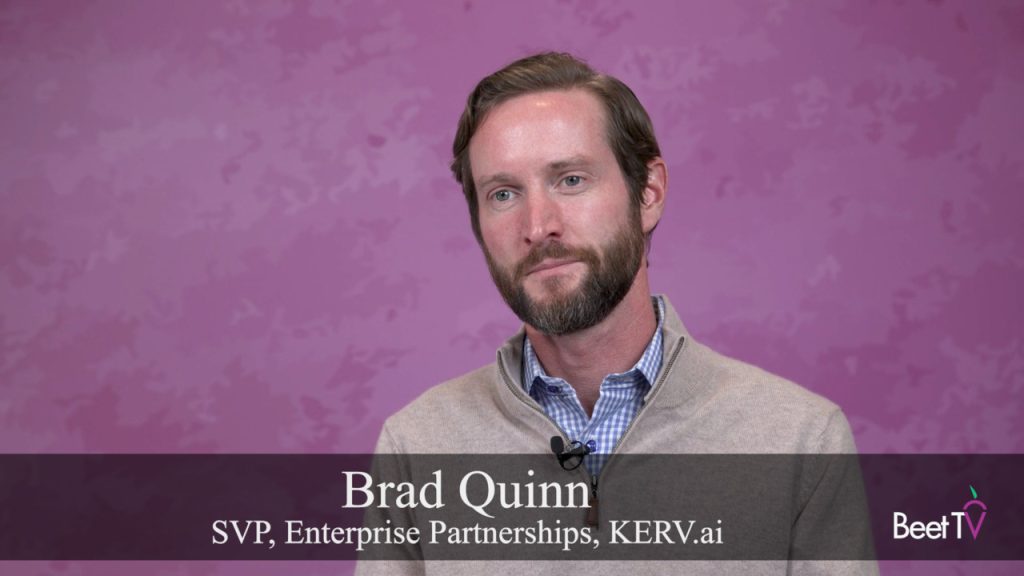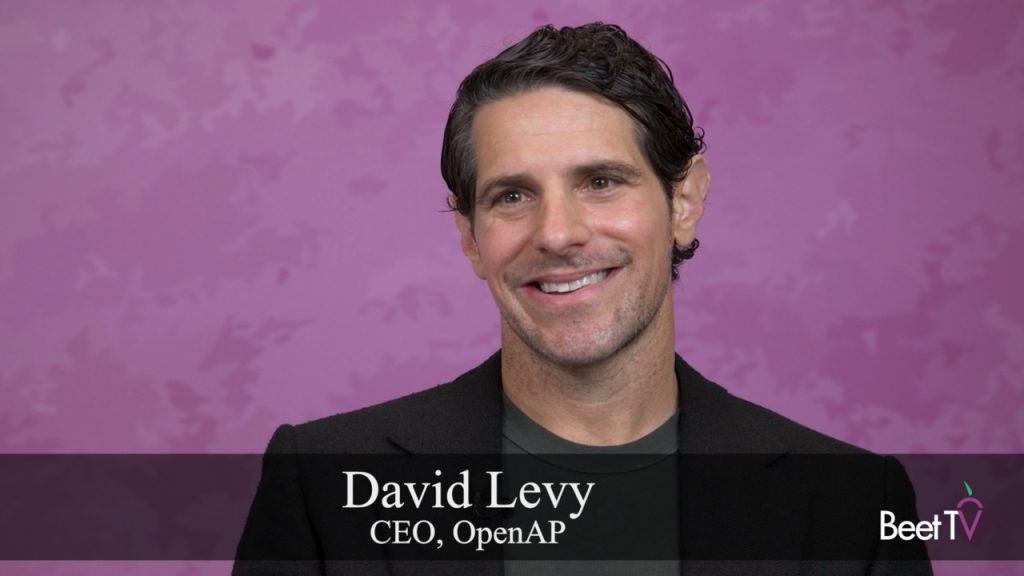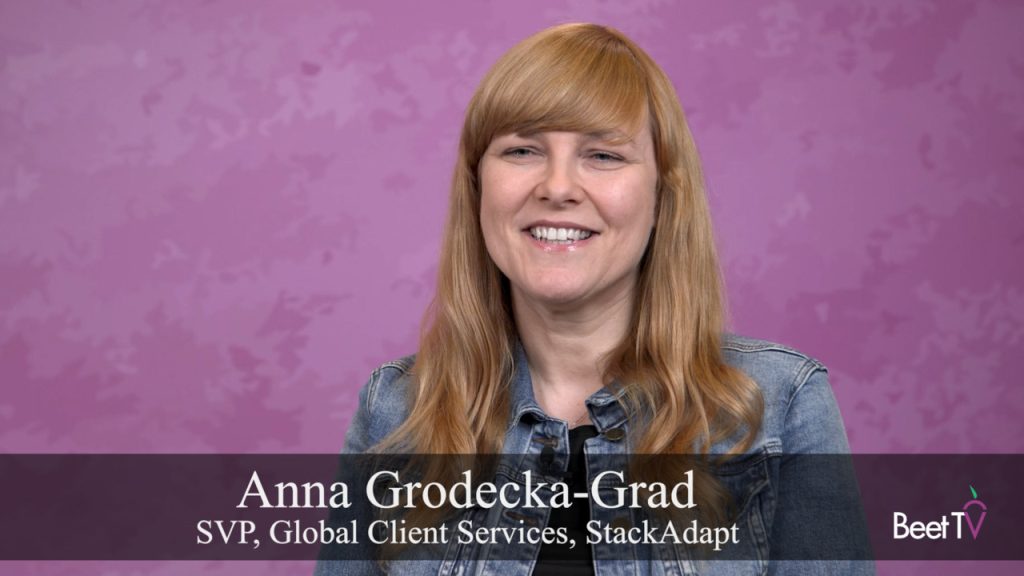When you co-mingle television-viewing data from set-top cable boxes with data from smart TV’s, you get closer to tracking fragmented consumption. But what complicates measurement of IP-delivered video content is an understanding of what IP-connected devices are actually associated with people in a given household.
That’s a person-level frontier that FreeWheel plans to tackle, according to Claudio Marcus, the GM of the company’s Data Platform. In this interview with Beet.TV, Marcus recaps FreeWheel’s progress on TV advertising planning and attribution, calling measurement “a huge challenge.”
On the attribution side, FreeWheel took on the role of TV advocate in 2016 when it conducted research “just to understand the impact that TV advertising has on different types of clients’ business.” There followed secondary research in which FreeWheel hired a firm to find any study that touted cross-channel or multi-touch attribution.
“The more interesting part was actually the secondary research,” Marcus notes. That’s because out of some 164 studies, “only twelve actually included TV. So here is TV, the biggest communication channel in the world and it basically wasn’t getting its due credit when it came to cross-channel attribution.”
Since then, FreeWheel has provided to “qualified attribution firms” household-level ad exposure data, free of charge, “so that they could include that in their cross-channel studies and their ability to measure television more effectively. That’s been a big success.”
FreeWheel has also been working with the programmer members of the audience-targeting consortium OpenAP to understand de-duplicated reach across those members. “Because as things get more and more fragmented, advertisers want to be in those new places where there are audiences, whether it’s different channels or different platforms. But they also want to make sure that they’re not hitting the same people that they were hitting by going in traditional linear TV.”
Earlier this year, FreeWheel licensed VIZIO smart-TV data from Inscape and built a nationally representative model “which is really a co-mingled data set between the Comcast set-top box data and the smart-TV data.” Among other things, the data helps programmers that sell on national basis. “They want something that’s more nationally representative. They want to be able to forecast national impressions. They want to be able to measure on a national basis,” Marcus says.
There are disparities in data gathered from boxes and smart TV’s. Within Comcast Cable’s footprint, there’s an average of about 2.6 cable boxes compared to about 1.1 devices in homes with smart TV’s. “What that means is that there’s some viewing that you’re missing.”
Meanwhile, smart TV’s have their advantages over boxes. “It has lower latency, it covers OTT as long as it’s content that has been previously fingerprinted on linear,” Marcus says.
As IP-delivered content proliferates, so do devices that receive the content. Problem is, not all of the devices that connect to WiFi “are associated with people in a specific home” because some belong to visitors.
“As we think about moving TV measurement from a household level to an individual level, it helps us to understand who’s home and who’s not. So that we can start to get better models when it comes to what’s called viewer attribution.”
This video is part of the Beet.TV preview series titled “The Road to Cannes.” The series is sponsored by 4INFO. Please visit this page for additional segments.
















![true[X] Extending Uplift Measurement To CTV, Publishing Partners: CEO Midha](https://www.beet.tv/wp-content/uploads/2019/06/pooja-midha-3-thumbnail-250x150.jpg)




























